Mutual suspense: The Xi–Trump bargain that no one fully trusts
The China-US trade talks in Kuala Lumpur ended on a positive note, paving the way for a meeting between Chinese President Xi Jinping and US President Donald Trump. Will that meeting result in a consensus? Lianhe Zaobao correspondent Yu Zeyuan looks at the possibilities.
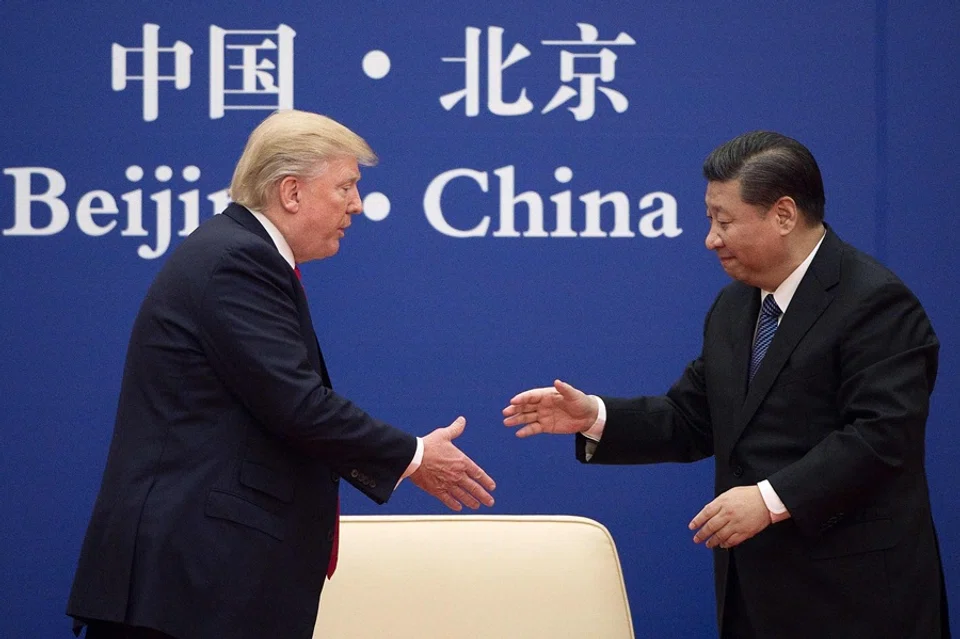
The fifth round of China-US trade talks, which lasted two days, concluded on 26 October in Kuala Lumpur, Malaysia. US Treasury Secretary Scott Bessent stated that officials from both sides have established a “very successful framework”, laying the groundwork for a meeting between the two heads of state. This indicates that the late-October meeting in South Korea between Chinese President Xi Jinping and US President Donald Trump is now confirmed.
This will be the first face-to-face meeting between the Chinese and US heads of state since Trump’s return to the White House earlier this year. Although sharp differences remain between the two sides on a range of major issues, with the US even hinting at one point that the Xi-Trump meeting might fall through, given the unique importance of China-US relations, both countries ultimately chose to look at the bigger picture, worked to remove obstacles, and ensured that the meeting could happen.
“We’ll be talking about a lot of things,” he said. “I think we have a really good chance of making a very comprehensive deal.” – US President Donald Trump
The China-US trade talks in Kuala Lumpur are a prelude to the Xi-Trump meeting. According to US Trade Representative Jamieson Greer, the discussions were wide-ranging and covered various topics, including the extension of the trade truce and rare earths, adding that they were “getting to a spot where the leaders will have a very productive meeting”.
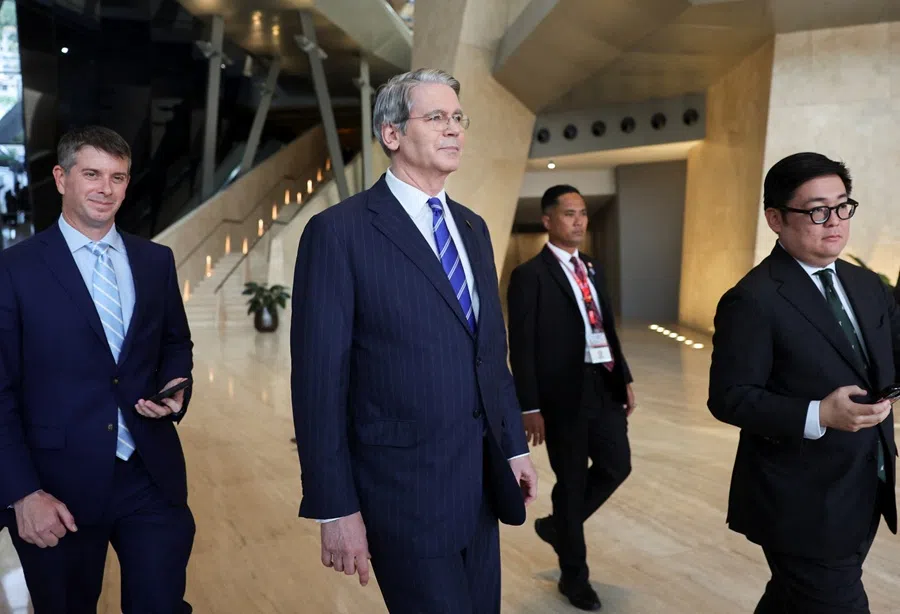
On 25 October, Trump himself expressed confidence in reaching an agreement with China. Departing for his visit to Malaysia, Trump said he was optimistic about his upcoming meeting with Xi on 30 October, noting that the two sides would discuss issues such as agriculture and the export of fentanyl. “We’ll be talking about a lot of things,” he said. “I think we have a really good chance of making a very comprehensive deal.”
Tough stance by US
Prior to the Kuala Lumpur talks, the US had adopted a tough stance. On October 24, the US Trade Representative’s office opened an investigation into whether Beijing has lived up to its promises under the 2020 Phase One trade deal — a move aimed at gauging the impact of any shortfalls on American businesses and weighing possible next steps. The US also claimed it was considering restricting exports of products using American software to China, including high-tech items such as laptops and jet engines.
On October 15, Bessent went so far as to call China’s trade negotiator Li Chenggang “unhinged” and unstable — suggesting that Li might have been channelling a “wolf warrior” persona.
From the Chinese perspective, the US’s tough stance prior to negotiations is seen as merely “bluffing”...
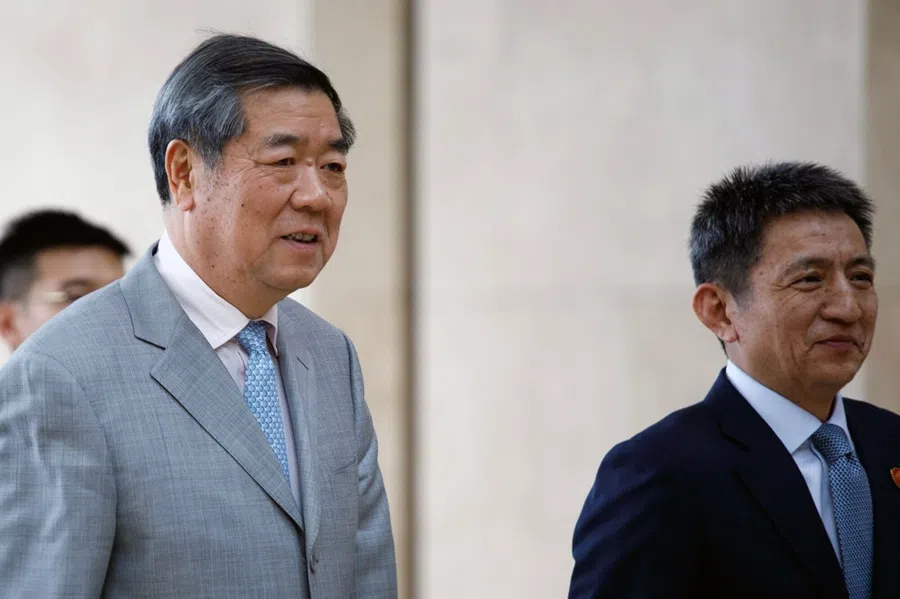
Despite its tough stance, the US’s current demands of China are fairly clear: one, it wants China to ease restrictions on rare earth exports so that the US’s defence and high-tech industries are not affected by supply limits. Two, it wants China to purchase large quantities of US agricultural products, especially soybeans, as Trump’s voter base could otherwise be hit, jeopardising the Republicans’ seats in next year’s midterm elections. Three, it hopes China will buy more US energy and reduce its imports from Russia, thereby pressuring Moscow back to the negotiating table.
Measures and counter-measures
For the US, the main issue that it cannot find an easy replacement for in the short term is the supply of rare earths. The US had recently undertaken a series of actions — including reaching mineral agreements with countries such as Australia — in a bid to break China’s monopoly in the rare earths industry. However, rebuilding a rare earths supply chain without China is an extremely complex process that would require time, and is not something that can be resolved in three to five years.
From the Chinese perspective, the US’s tough stance prior to negotiations is seen as merely “bluffing” or a repeat of Trump’s oft-used tactic of applying maximum pressure, with the intention of increasing leverage in negotiations. In response, China has not engaged in much verbal spats with the US; instead, Beijing has held its ground — tightening controls on rare earth exports and maintaining a firm stance on soybean purchases — effectively pressuring Washington to concede in negotiations.
However, China’s own tough stance on rare earths and purchasing US agricultural products is also a strategy to increase its bargaining power in negotiations. China currently does not have the confidence to truly “decouple” from the US.
Positive signals?
The fourth plenary session of the CCP’s 20th Central Committee, which concluded on 23 October, reviewed and approved the recommendations for China’s 15th Five-Year Plan, and emphasised the continued expansion of high-level opening up. In today’s world, for China to expand on high-level opening up, it cannot afford to completely fall out with the US.
However, neither side’s concessions will be made all at once; both need to leave room for the other party’s potential “change of heart”.
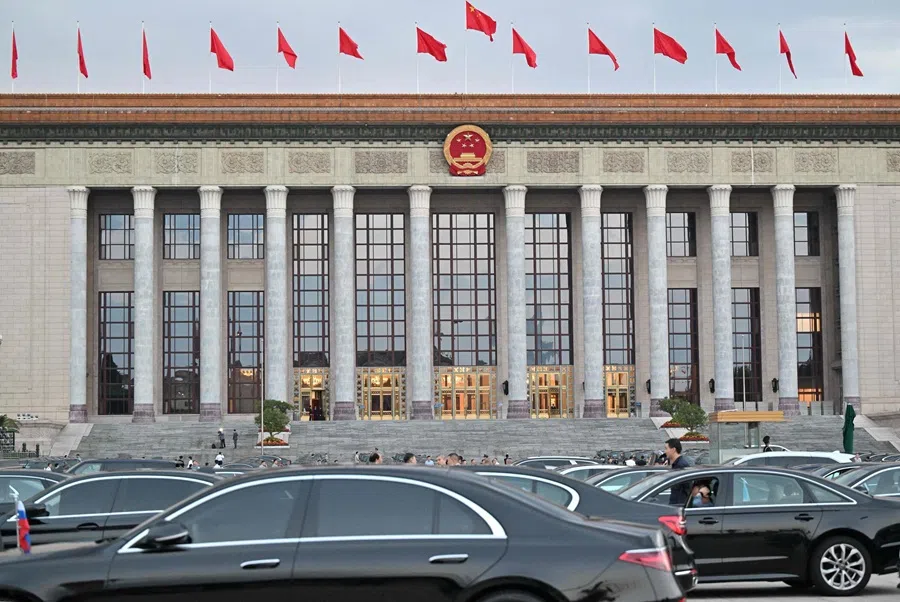
On 24 October, Chinese Commerce Minister Wang Wentao expressed optimism about the China-US negotiations in Kuala Lumpur. He stated that “the previous four rounds of China-US economic and trade consultations have fully demonstrated that, on the basis of mutual respect and equal consultation, China and the US can fully find solutions to address each other’s concerns, find the correct way to get along, and promote the healthy, stable and sustainable development of China-US economic and trade relations.”
This indicates that China intends to make concessions to the US on issues such as rare earths, purchasing US agricultural products, controlling the flow of fentanyl into the US and even reducing energy imports from Russia — in exchange for US concessions on tariffs and restrictions on hi-tech products for China. However, neither side’s concessions will be made all at once; both need to leave room for the other party’s potential “change of heart”.
The outcomes of the China-US negotiations in Kuala Lumpur have created conditions for the Xi-Trump meeting at the end of October. In recent years, the US and Chinese leaders have held several meetings, but shortly after each meeting, the two countries have entered a new round of confrontation. Whether this Xi-Trump meeting would be able to alter the long-term China-US rivalry remains uncertain, and the outcome might not be an optimistic one.
This article was first published in Lianhe Zaobao as “中美谈出成果为习特会预热”.




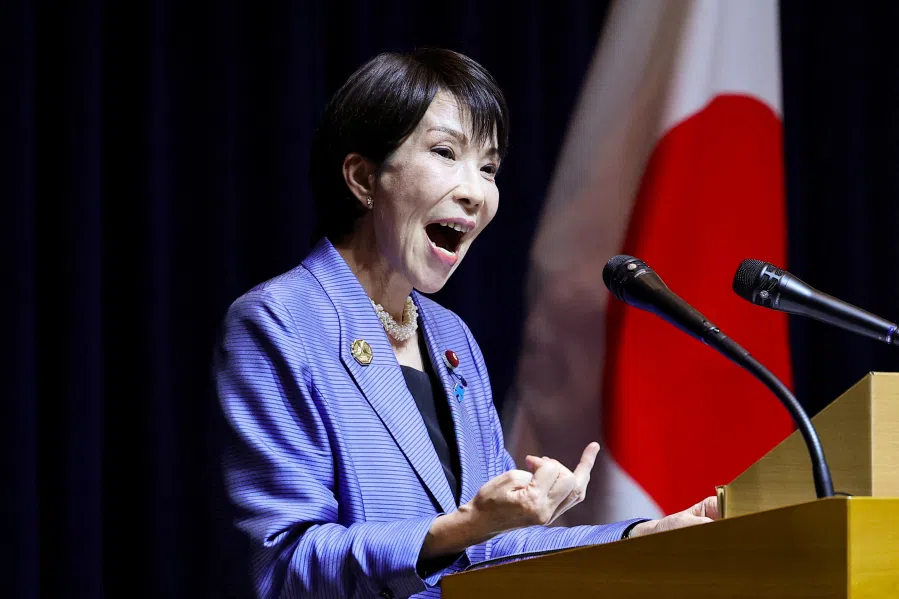
![[Big read] China’s 10 trillion RMB debt clean-up falls short](https://cassette.sphdigital.com.sg/image/thinkchina/d08cfc72b13782693c25f2fcbf886fa7673723efca260881e7086211b082e66c)